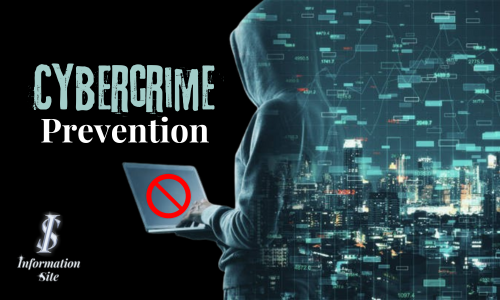Cybercrime prevention measures are taken by the telecom department and home ministry jointly by banning eight companies who were sending fraudulent SMS. More than 10,000 fraudulent messages were sent from these companies in the last three months. These measures are taken to prevent the increasing cybercrime in the country.
Cybercrime prevention measures taken by MHA
The Indian Cybercrime Coordination Center under the Union Ministry of Home Affairs (MHA) provided information that fraudsters are sending fraudulent messages to carry out cybercrime. The companies that own these headers have been banned. Additionally, 73 SMS headers and 1522 SMS templates used by the companies have also been blocked. Now no telecom operator will be able to use any of these SMS headers and SMS templates. Under the Sanchar Sathi program, this action aims to protect citizens from SMS fraud.
Appeal to use the Chakshu facility available on Sanchar Saathi
An official of the Telecom Department said that the companies against which action has been taken were involved in fraud for a long time. According to the Ministry, anyone receiving a suspicious message should immediately inform through the Chakshu facility available on Sanchar Saathi. This will make it easier to take action against people and companies involved in cybercrime.
Ban on the use of mobile numbers for telemarketing
Apart from this, the government has banned the use of mobile numbers for telemarketing. If any person uses his mobile phone to send promotional messages, he will be disconnected. Moreover, his name and address will be banned for two years. Only 180 and 140 series numbers can be used for telemarketing calls. Furthermore, a 10-digit mobile number is restricted for marketing. If you want to report any fraud, you can dial 1909. You can also use the Do Not Disturb (DND) service.

Cybercrime prevention methods
Cybercrime prevention methods are a combination of technological solutions, policy measures, and user awareness. Here are some effective methods:
- Strong Passwords and Authentication: Encourage the use of complex passwords and two-factor authentication (2FA) to protect accounts from unauthorized access. Moreover, never use your name or your family member’s name in the password. Furthermore, avoid using birthdate and marriage anniversary dates in the password.
- Regular Software Updates and Patch Management: Keep all software, including operating systems, browsers, and applications, up to date. This is to patch known vulnerabilities.
- Firewalls and Antivirus Software: Install and regularly update firewalls and antivirus software. This will protect against malware, viruses, and other malicious threats.
- Data Encryption: Encrypt sensitive data both in transit and at rest to prevent unauthorized access in case of a data breach.
- Secure Networks: Secure Wi-Fi networks with strong encryption. Moreover, change default passwords on routers to prevent unauthorized access.
Other methods
- Employee Training and Awareness: Educate employees about cybersecurity best practices. This is recognizing phishing attempts and avoiding suspicious links. Furthermore, reporting security incidents promptly.
- Access Control and Least Privilege: Implement access controls to restrict access to sensitive information only to authorized personnel and follow the principle of least privilege.
- Regular Security Audits and Monitoring: Conduct regular security audits to identify vulnerabilities. Additionally, monitor network traffic for unusual activity.
- Incident Response Plan: Develop an incident response plan to mitigate the impact of cyberattacks. Moreover, respond promptly to security incidents.
- Legal and Regulatory Compliance: Ensure compliance with relevant laws and regulations related to data protection and cybersecurity, such as GDPR, HIPAA, etc.
- Vendor Risk Management: Assess and manage the cybersecurity risks posed by third-party vendors and partners who have access to your systems or data.
- Backup and Recovery: Regularly backup data and test restoration procedures. Especially to ensure business continuity in the event of a cyber incident.
- Cyber Insurance: Consider investing in cyber insurance to mitigate financial losses associated with cyberattacks and data breaches.
- Continuous Learning and Adaptation: Stay informed about emerging cyber threats and evolving best practices in cybersecurity to adapt your prevention strategies accordingly.
By implementing these methods and fostering a culture of cybersecurity awareness within organizations, you can significantly reduce the risk of cybercrime.


